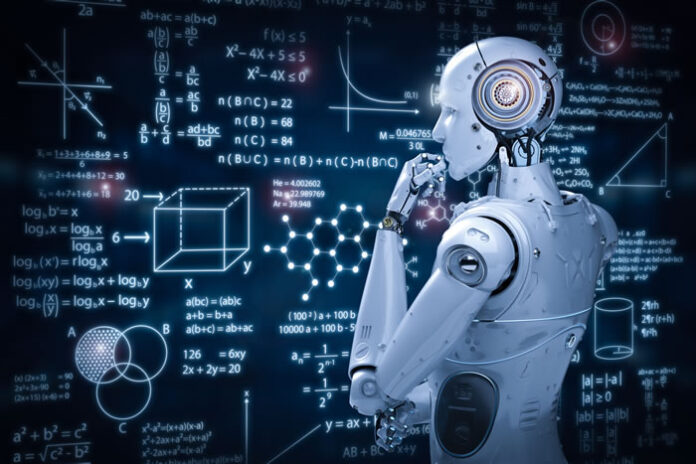The use of machine learning (ML) assisted annotation has accelerated within every vertical that uses artificial intelligence (AI). From the virtual fittings rooms that brands provide when you’re shopping online to self-driving cars that will soon be on every highway, these technologies are only possible through ambitious AI.
So how do we enable ambitious AI?
I’ve spent most of my career building ML models and driving algorithms to innovate AI on a global scale. Throughout that time, I’ve learned that there’s a core element to ensuring proper ML algorithms: high-quality training data. Without it, no matter how ambitious your vision is, it simply won’t work.
Currently, 8 out of 10 ML projects fail, and 96% run into problems with data quality and labeling. That’s why data can be a major bottleneck in AI algorithms. So how do we solve that problem? A hybrid data model, one that combines technology and human cognition, to help companies ensure their ML models are successful and make it to market faster.
There’s a common misconception that automation is the only key to creating training data for your ML models. While automation is great, it doesn’t give you suggestions on how to improve annotation for your project or educate you on what truly matters in getting the best results when training your model. Similarly, pre-annotation isn’t always the answer either. It’s the combination of both technology and human oversight that ensures accurate unbiased data.
Feedback loops lead to optimal performance
The most accurate machine learning models require a virtuous feedback loop where humans train the machine and machines assist humans continuously. For example, base data set is used to train a model to address certain classes aligned with an industry, but when you augment this base model with annotated data for a particular client’s data, it improves the overall workflow performance.
Our goal at Samasource is to produce high-quality training data as efficiently as possible. To do so we look at the entire annotation workflow and address the biggest issues. For example: It’s helpful to reduce the number of clicks an annotator needs to make in order to draw complex shapes, but only when it makes producing high-quality data faster and doesn’t lead to an increase in other times such as correcting the ML annotation. When you pair human judgment to correct pre-annotated or ML assisted annotations, and retrain your model, you’re ensuring high-quality data at maximum speed.
It’s this hybrid combination of human cognition and technology that creates a training data platform that the world’s most ambitious organizations can trust. Humans train the machine; machines assist the humans and repeat. This feedback loop is optimal for ensuring accurate data and making ambitious AI possible.
















